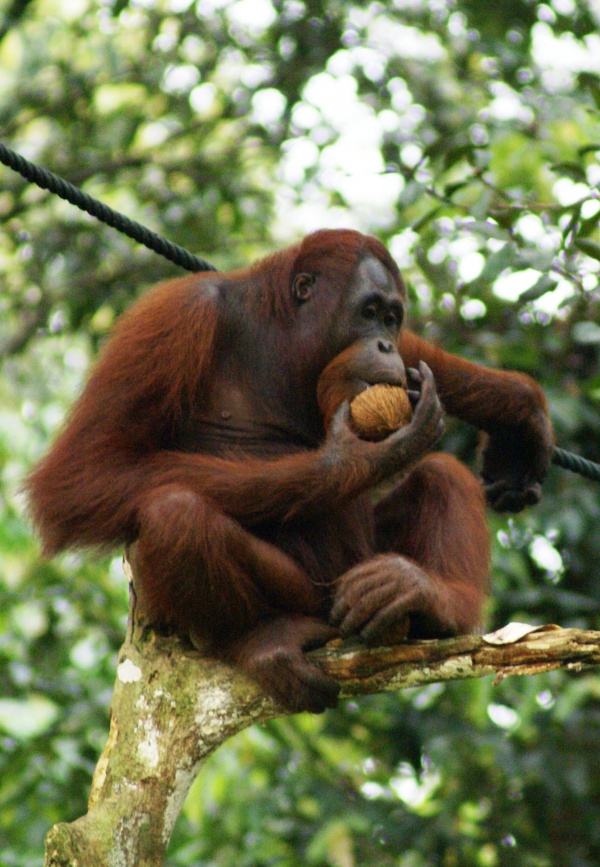Facts About Orangutan
Orangutans are intriguing great apes native to the rainforests of Indonesia and Malaysia, specifically Borneo and Sumatra. Initially believed to be a single species, they are now classified into three distinct species: the Bornean orangutan, the Sumatran orangutan, and the Tapanuli orangutan, the latter of which was identified in 2017. These apes are the sole surviving members of the subfamily Ponginae, which once included the enormous Gigantopithecus blacki.
Orangutans are highly arboreal, spending the majority of their lives in trees. They are easily identifiable by their reddish-brown hair and, in the case of adult males, unique cheek pads. Known for their solitary nature, the most robust social bonds are typically between mothers and their offspring.
These intelligent creatures display remarkable behaviors, including tool use and the construction of elaborate sleeping nests. Studies have shown that different populations of orangutans possess their unique cultures. Since the 18th century, orangutans have appeared in literature and art, often serving as a means to comment on human society.
Tragically, all three orangutan species are critically endangered. They face numerous threats such as poaching, habitat destruction due to palm oil plantations, and the illegal pet trade. Conservation efforts are essential for their survival, and many organizations are working diligently to protect these extraordinary animals in the wild.
Orangutans have been known to humans for centuries, inspiring a variety of cultural stories and beliefs. The first scientific descriptions appeared in the 18th century, and field studies by researchers like Birutė Galdikas have provided deep insights into their behavior and ecology. In fiction, orangutans often serve as symbols or characters reflecting human traits and society.
Given their rapidly declining populations due to habitat loss, hunting, and other human activities, conservation efforts are more critical than ever. Numerous organizations and conservation centers are devoted to rescuing, rehabilitating, and reintroducing orangutans into their natural habitats. The critically endangered status of orangutans underscores the urgency of these efforts to ensure these remarkable great apes do not vanish from our world.

 Timor Leste
Timor Leste